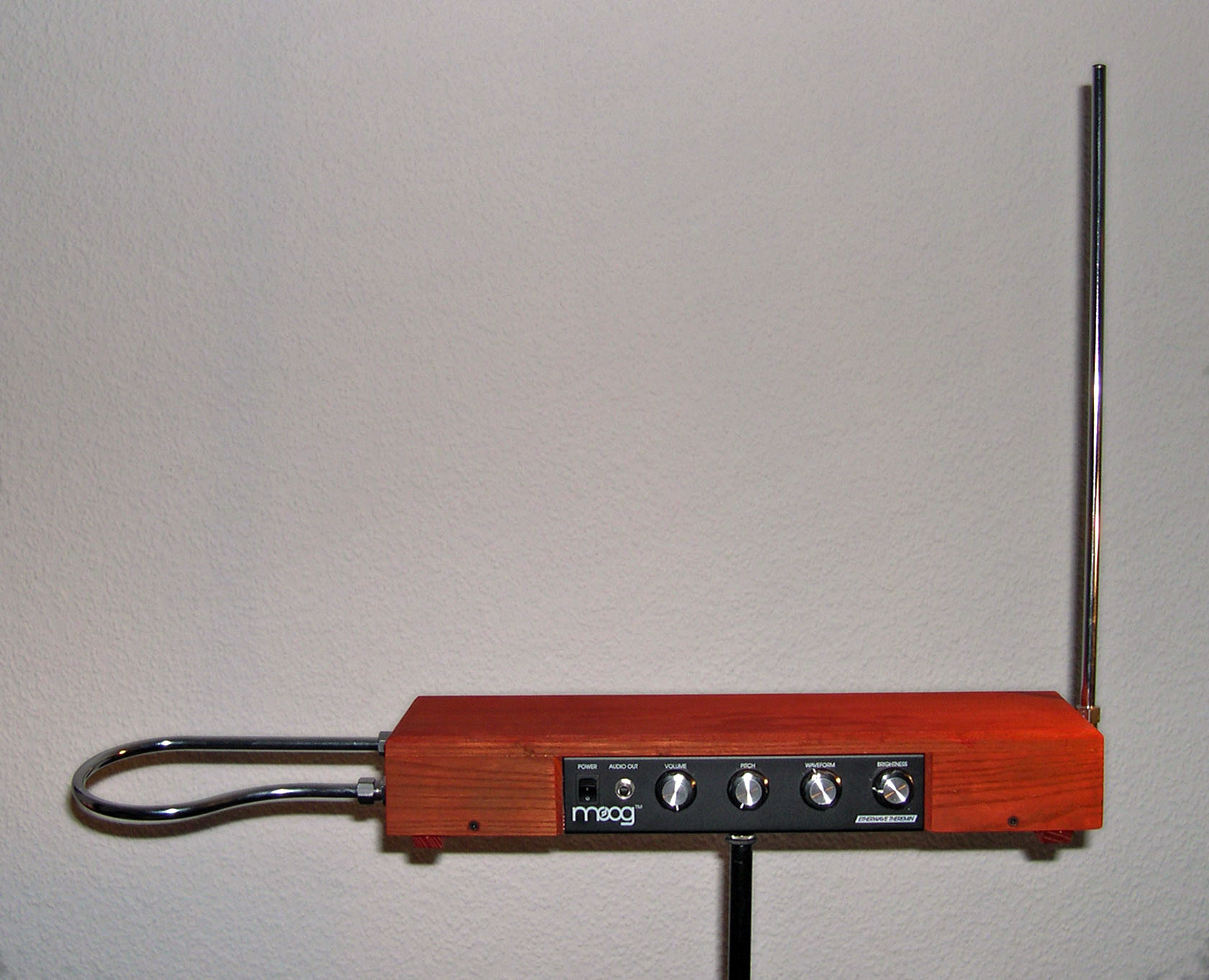Introduction
Throughout history, various methods of musical instrument classification have been used. The most commonly used system in use in the west today divides instruments into string instruments, woodwind instruments, brass instruments and percussion instruments, however other ones have been devised, and other cultures use varying methods.
Western Classification
The system used in the west today, dividing instruments into wind (brass and woodwind), strings, and percussion, is of Greek origin (in the Hellenistic period, prominent proponents being Nicomachus and Porphyry). The scheme was later expanded by Martin Agricola, who distinguished plucked string instruments, such as guitars, from bowed string instruments, such as violins. Classical musicians today do not always maintain this division (although plucked strings are grouped separately from bowed strings in sheet music), but there is a distinction made between wind instruments with a reed (woodwind instruments) and wind instruments where the air is set in motion directly by the lips (brass instruments).
There are, however, problems with this system. There are problems with classifying certain keyboard instruments. For example, the piano has strings, but they are struck by hammers, so it is not clear whether it should be classified as a string instrument or a percussion instrument. For this reason, keyboard instruments are often regarded as inhabiting a category of their own, including all instruments played by a keyboard, whether they have struck strings (like the piano), plucked strings (like the harpsichord) or no strings at all (like the celesta). It might be said that with these extra categories, the classical system of instrument classification focuses less on the fundamental way in which instruments produce sound, and more on the technique required to play them.
Chinese Classification
The oldest known scheme of classifying instruments is Chinese and dates from the 3rd millennium BC. It groups instruments according to what they are made out of. All instruments made out of stone are in one group, all those made out of wood in another, those made out of silk are in a third, and all those made of bamboo in the fourth, as recorded in the Yo Chi (record of ritual music and dance), compiled from sources of the Chou period (9th–5th centuries BC), and corresponding to the four seasons and four winds.
Mahillon and Hornbostel-Sachs Systems
An ancient system of Indian origin, dating from the 4th or 3rd century BC, in the Natya Shastra, a theoretical treatise on music and dramaturgy, by Bharata Muni, divides instruments into four main classification groups: instruments where the sound is produced by vibrating strings (tata vadya, “stretched instruments”); instruments where the sound is produced by vibrating columns of air (susira vadya, “hollow instruments”); percussion instruments made of wood or metal (Ghana vadya, “solid instruments”); and percussion instruments with skin heads, or drums (avanaddha vadya,”covereed instruments”). Victor-Charles Mahillon later adopted a system very similar to this. He was the curator of the musical instrument collection of the conservatoire in Brussels, and for the 1888 catalogue of the collection divided instruments into four groups: strings, winds, drums, and other percussion. This scheme was later taken up by Erich von Hornbostel and Curt Sachs who published an extensive new scheme for classication in Zeitschrift für Ethnologie in 1914. Their scheme is widely used today, and is most often known as the Hornbostel-Sachs system (or the Sachs-Hornbostel system).
The original Sachs-Hornbostel system classified instruments into four main groups:
- idiophones, such as the xylophone, which produce sound by vibrating themselves
- membranophones, such as drums or kazoos, which produce sound by a vibrating membrane
- chordophones, such as the piano or cello, which produce sound by vibrating strings
- aerophones, such as the pipe organ or oboe, which produce sound by vibrating columns of air
Later Sachs added a fifth category, electrophones, such as theremins, which produce sound by electronic means. Modern synthesizers and electronic instruments fall in this category. Within each category are many subgroups. The system has been criticized and revised over the years, but remains widely used by ethnomusicologists and organologists.
Candela Citations
- Three Orff-Schulwerk xylophones of different ranges.. Authored by: Ferbr1. Located at: https://en.wikipedia.org/wiki/Xylophone#/media/File:Tres_xil%C3%B3fonos.JPG. License: CC BY-SA: Attribution-ShareAlike
- Kazoo - Own work. Authored by: Martin Ru00f6ll Martinroell. Located at: https://commons.wikimedia.org/wiki/File:Kazoo.jpg#/media/File:Kazoo.jpg. License: CC BY-SA: Attribution-ShareAlike
- Grand piano and upright piano- File:Boesendorfer Vienna 006.JPG and File:Pianodroit.jpg. . Authored by: Gryffindor and Megodenas. Located at: https://commons.wikimedia.org/wiki/File:Grand_piano_and_upright_piano.jpg#/media/File:Grand_piano_and_upright_piano.jpg. License: CC BY-SA: Attribution-ShareAlike
- Oboe modern . Authored by: Hustvedt - Own work. Located at: https://commons.wikimedia.org/wiki/File:Oboe_modern.jpg#/media/File:Oboe_modern.jpg. License: CC BY-SA: Attribution-ShareAlike
- Etherwave Theremin Kit. Located at: https://commons.wikimedia.org/wiki/File:Etherwave_Theremin_Kit.jpg#/media/File:Etherwave_Theremin_Kit.jpg. License: CC BY-SA: Attribution-ShareAlike
- Renaissance Music. Authored by: Antonio Scaramuzzino. Located at: https://www.flickr.com/photos/scaramuzzino/324412825/. License: CC BY-NC-ND: Attribution-NonCommercial-NoDerivatives





